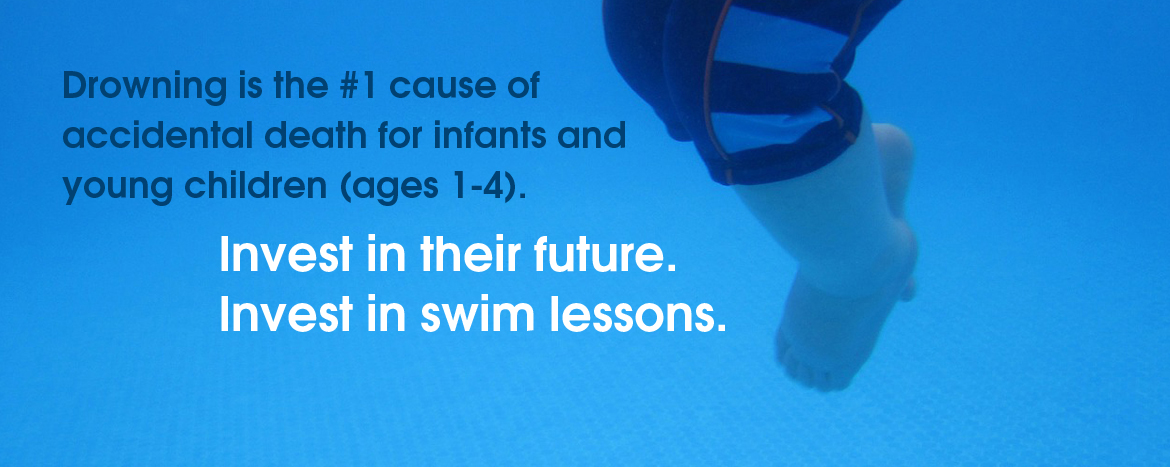December 20, 2019 by LSSAadmin
Important Keys to Water Safety
According to the U.S. Centers for Disease Control and Prevention (CDC), drowning is the number one cause of accidental death for infants and young children between the ages of 1-4.
In addition to swimming lessons to protect young children from drowning, constant, careful supervision when children are in the water, and barriers, such as pool fencing to prevent unsupervised access, are still important.
Tips to help everyone stay safe
- Designate a responsible adult to watch young children while in the bath and all children swimming or playing in or around water. Supervisors of preschool children should provide “touch supervision” – be close enough to reach the child at all times. Because drowning occurs quickly and quietly, adults should not be involved in any other distracting activity (such as reading, playing cards, talking on the phone, or mowing the lawn) while supervising children, even if lifeguards are present.
- Learn Cardiopulmonary Resuscitation (CPR). In the time it takes for paramedics to arrive, your CPR skills could save someone’s life.
- Air-Filled or Foam Toys are not safety devices. Don’t use air-filled or foam toys, such as “water wings,” “noodles,” or innertubes, instead of life jackets. These toys are not life jackets and are not designed to keep swimmers safe.
- Don’t let swimmers hyperventilate before swimming underwater or try to hold their breath for long periods of time. This can cause them to pass out (sometimes called “shallow water blackout”) and drown.
- Know the local weather conditions and forecast before swimming or boating. Strong winds and thunderstorms with lightning strikes are dangerous.
- Seizure Disorder Safety. If you or a family member has a seizure disorder, provide one-on-one supervision around water, including swimming pools. Consider taking showers rather than using a bath tub for bathing. Wear life jackets when boating.
If you have a swimming pool at home: Install a four-sided pool fence that completely separates the pool area from the house and yard. The fence should be at least 4 feet high. Use self-closing and self-latching gates that open outward with latches that are out of reach of children. Also, consider additional barriers such as automatic door locks and alarms to prevent access or alert you if someone enters the pool area. Also remove floats, balls and other toys from the pool and surrounding area immediately after use so children are not tempted to enter the pool area unsupervised.
Source: U.S. Centers for Disease Control and Prevention (CDC)
